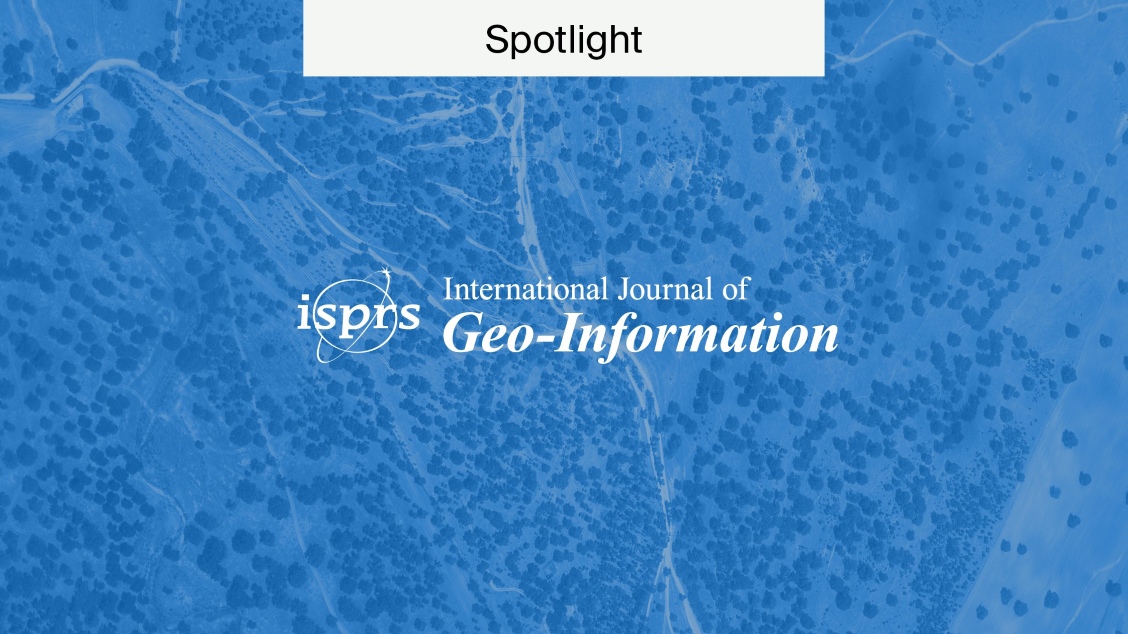
Stroke Protection: Thrombin Inhibitors
A stroke is the result of loss of adequate blood supply to the brain and is a major cause of disability worldwide, and the second leading cause of death after 60 years of age. As such, every year, roughly 15 million people suffer a stroke and 6 million die from it. Ischemic stroke (versus hemorrhagic) accounts for about 80% of incidents. As such, research in this field is imperative. Given how prevalent strokes can be, efforts are pressing and timely.
The endogenous serine protease thrombin paradoxically can both stimulate and prevent blood clotting. It is also involved in both types of stroke. Thrombin appears to function in multiple activities in brain tissue, including inflammation and vascular disruption. It operates through a complex network of feedback loops and mediates both neuroprotective and degenerative effects.
Here, “[they] studied the role of thrombin’s endogenous potent inhibitor, protease nexin-1 (PN-1), in ischemia and in tolerance to cerebral ischemia induced by TPC.” Mirante and coworkers demonstrate that the potent endogenous inhibitor of thrombin, protease nexin-1 (PN-1), is protective against cerebral ischemia. Using PN-1 knockout and PN-1/lacZ reporter mutant mouse strains, the researchers report the exciting finding that PN-1 is involved in protecting against neuronal cell injury caused by oxygen and glucose deprivation, and that it plays a key role in mediating the well-known neuroprotective phenomenon of thrombin preconditioning (TPC).
Safe and effective clinical treatment strategies aimed at targets in thrombin pathways should be developed. In addition, a greater understanding of the molecular mechanisms of thrombin signaling networks in stroke is essential.
Article details
To learn more about the research above we encourage you to visit the IJMS website. There, you can find articles on this and many other subjects. As a matter of fact, this article belongs to a Special Issue released in 2014 on neuroprotective strategies.










